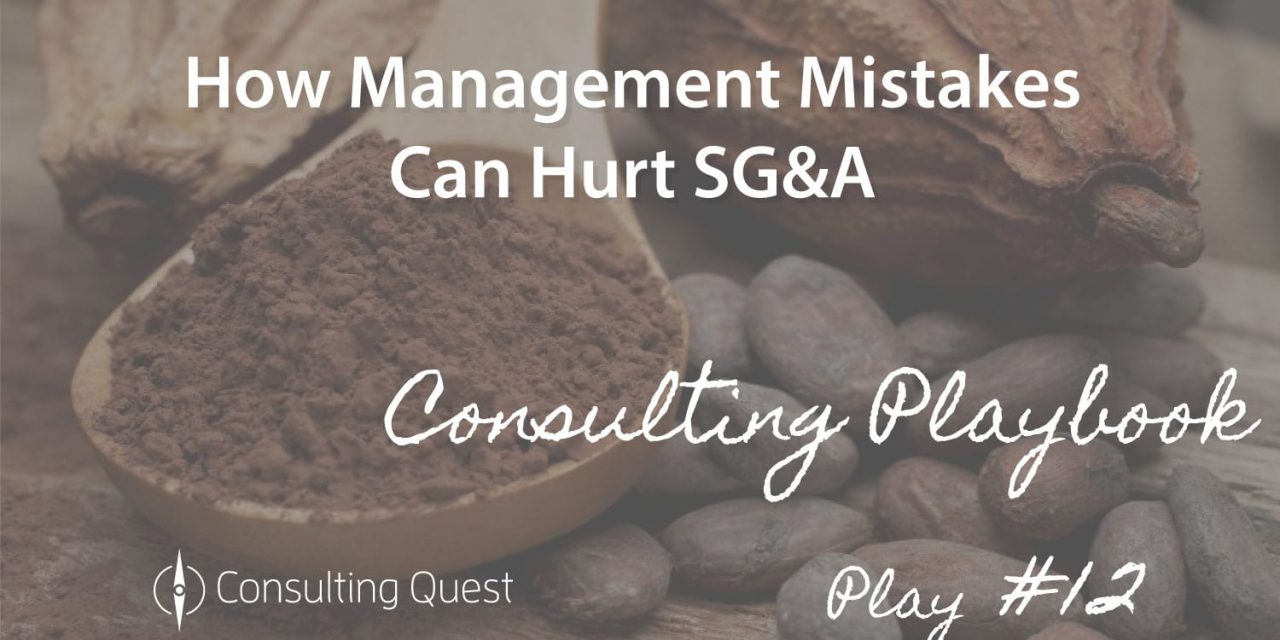
How To Manage the Tail Spend – Our 5 Recommended Practices
Managing tail spend effectively is crucial for organizations to optimize their procurement processes and drive cost savings. Tail spend refers to the large number of low-value purchases made by a company, typically representing a small percentage of the overall procurement budget but accounting for a significant portion of the total transaction volume.
While individually these purchases may seem inconsequential, collectively they can have a significant impact on the organization’s bottom line. To help businesses tackle the challenges associated with tail spend, we have identified five recommended practices that can streamline procurement operations, enhance efficiency, and generate cost savings.
By implementing these practices, companies can gain better visibility into tail spend, improve supplier management, and ultimately drive strategic procurement decisions. In this article, we will delve into these recommended practices and explore how they can be effectively applied to manage and optimize tail spend.
Understanding the Significance of Tail Spend in Consulting Expenses
When you manage a budget, you tend to focus on the main expenses and sometimes ignore the smallest ones. And once in a while, you decide to go through your bank account, and you realize that when you add all the small expenses, the number is significant. This part of your expenses is your tail spend.
The concept applies to your personal finances as much as to your consulting spend. It is the lowest portion of your spend (usually the last 20%), with smaller expenses scattered over a large number of suppliers. And just like in your bank account, it is often not actively managed, even though it might still have an impact on your company’s performance.
Many client organizations give carte blanche to the business lines to hire consultants under a certain price threshold to maintain some flexibility and reactivity in the consulting sourcing process.
The downside, however, is that they tend to overlook these small consulting projects. But if you consolidate the spend at the organization level, it can add up to 25% of the overall consulting spend. Moreover, with the constant pressure on cost reductions and sustainable savings, even your CFO might take an interest in this line of expense.
Challenges in Optimizing and Controlling Tail Spend in Consulting
Mismanagement of the tail spend, independently of the category, usually involves the following elements:
- A scattered supplier base.
- Decentralized purchasing behaviors where customers are buying on their own, and procurement is almost uninvolved.
- A minimal supplier qualification.
- No or minimal performance evaluations.
- Limited or no category management.
Consulting is no exception to that. However, contrary to other indirect categories, the absence of comparable elements and the projects’ diversity combined with the importance of interpersonal relationships, can make it challenging to optimize and control.
Our 5 Recommended Practices to Manage the Tail Spend
To help businesses tackle this challenge of how to effectively manage the tail spend, we have identified five recommended practices. They are as follows:
#1. Consolidate Your Supplier Base with Caution
One of the levers used to manage the spend is to consolidate the number of suppliers. Some companies have applied this methodology at the category level. Suppliers have to be qualified for a given category, and the number of suppliers per category limited.
What starts out well can end up with a sound failure if you don’t consider the specificity of the consulting category. If your sub-categories are not granular enough, you might end up with a handful of large one-stop shops. Price increase mechanically, erasing the savings made by the cleaning-up of the tail spend.
#2. Effectively Manage the Variety of Projects
To help you organize and manage the various projects, it’s best to sort them out into 5 categories:
a. One-time Projects
One-time projects are the core of your tail spend. They are usually small projects with a clear scope and little likeliness of sequel. (Ex: diagnosis or workshop facilitation)
b. Duplicate Projects
Several business units or departments can contract small or mid-sized projects with similar scopes and methodologies. They can be performed by the same or different consultancies.
c. Recurring Projects
Recurring projects are, most of the time, medium-sized projects designed with a repeat model. (Ex: pulse survey, voice of the customer, benchmarking, coaching)
d. Never-ending Sequels
You have certainly already seen one of these large projects designed in small chunks to fly under the radar. (Ex: one diagnosis per plant, any project reaching phase 4 and more)
e. Externalized Workforce
Sometimes managers use consultants to bypass too stringent HR rules or compensate for lack of internal expertise punctually.
#3. Successfully Tackle the Tail Spend
To efficiently clean-up your tail spend, here are a few pointers:
a. Gather Data on Previous Projects
When facing the tail spend, the main challenge for most companies is to clearly identify the projects in the tail and cluster them into manageable sub-categories. If your organization is decentralized, you will need to get the support of the different parts of the organization to make sure that you have “clean data.” If you haven’t performed a spend analysis, maybe now is an excellent time to launch it.
b. Assess the Performance of the Providers
This means taking a deeper look at your providers’ track record to see where they are excelling and where there is room for improvement. To do this, you’ll need to speak with the project sponsors and leaders to gather insights and data on each provider’s performance.
c. Regroup What You Can
Recurring and duplicate projects are good candidates for strategic management and should not be treated as the tail. How about a frame contract on coaching or a cross-business-unit RFP for excellence programs or digital transformation?
d. Develop Your Knowledge of the Local Consulting Market
An excellent way to keep control of the tail without spending too much time on the management is to have at hand a list of additional providers. By exploring the local consulting market, you will be able to identify potential suppliers and develop relationships. That will allow you to be reactive when one of your business lines wants to launch a one-time project on a given sub-category.
e. Fine-tune the Rules for the Tail Projects
To maintain your tail reasonable and make sure you are not building up another false tail, you need to set up workflows with the right agile check and balance and chase the false tail.
f. Use Vendor Management Systems.
Use best-in-class systems to manage the one-off supplementary workforce. Automate the process to find, procure, and manage external talent in full compliance with your policies. You could use many other levers, but the above selection should probably give you a good 80/20.
#4. How to Kickstart a New Tail Spend Project
Below we have listed a few proven steps you can take to kickstart a new tail spend project.
a. Evaluate the Size of the Prize
First compulsory stop on your journey: evaluate the potential savings and improvements to expect. We have stressed many times the importance of creating value. You need to make sure that there is more to gain with the project than what you are spending.
It is the right moment to start gathering data about the different projects to build a solid overview of your consulting spend. Depending on your procurement practices’ maturity, you can expect between 5% to 40% savings on your tail spend. And once you know what to expect from the project, you can start implementing it.
b. Get the Buy-in of Key Managers
One thing is sure – if your managers don’t believe in your project, it will never happen. You need to develop a sense of urgency, or in other words, demonstrate why it is essential to launch and implement the project now.
Develop a compelling story to tell your key managers and convince them. What is the reason for this change? The size of the prize can be an excellent starting point. Usually, consulting projects are paid on OPEX, and executives have a lot of pressure to decrease their expenses.
Saving 10% on your consulting bills can help them reach their annual objectives. Leverage meetings with your top leaders to explain that small streams make big rivers. The efforts from all of them may seem insignificant taken separately, but altogether they are worth the effort.
c. Design the Battleplan and Confirm the Stakes
Like any large project, you will need to define how you will proceed. It means having a project team, governance, and a clear work plan. Also, start analyzing in detail the consulting spend and the past performance of your providers.
You can now refine the stakes lever by lever. Some of the projects that you led in the previous years were not strategic or redundant. You can probably take most of that part of the spend out of the equation. Grouping projects and negotiating on larger volumes can allow you to secure 10 to 30% of the costs.
d. Identify and Involve the Most Impacted Executives
Some of your executives will be directly impacted by the project, in particular, those who use consulting regularly. Through your tail spend analysis, you will be able to identify the individuals or departments spending a lot on small projects.
You can apply the same principles as the tail: what part of your executives spend 80% of your tail spend? These executives are the ones you want to work with. When you have identified the most impacted executives, take the time to listen to them to understand why they are buying consulting services in small bulks.
There could be many good reasons why they would work that way. Think broader than procurement itself. The roots can be in strict HR policies, local management decisions, regional culture, etc.
e. Formalize the Case for Change and the Communication Plan
Take a step back. You have created a sense of urgency in your top management team, defined your implementation plan, and worked with the most impacted executives to design the right solutions.
You now need to organize your findings in a well-built case for change to minimize resistance to change and make sure you capture the most value from your tail spend projects.
#5. Start Small, Go Big, Auto-finance
Most successful companies start small. Of course, you want to adopt a medium to long term mindset to make the savings (and the change) sustainable. But modest quick gains can ease the way, help convince the last irreducible, and capture enough savings to have a self-paid project.
A Quick Round-Up
Effective tail spend management can be a daunting process, but companies don’t need to face it alone. By following these five recommended practices and leveraging the right technology and expertise, organizations can simplify their tail spend management and create more efficient and cost-effective procurement processes.
At the end of the day, unlocking new value from your tail spend will yield a higher return on investment than simply cutting back on costs and third-party vendors. With this framework in place, businesses can begin tapping into previously hidden opportunities within their procurement operations and taking their savings to an entirely new level.
Hélène Laffitte is the CEO of Consulting Quest, a Global Performance-Driven Consulting Platform and author of “Smart Consulting Sourcing”, a step by step guide to getting the best ROI from your consulting. With a blend of experience in Procurement and Consulting, Hélène is passionate about helping Companies create more value through Consulting.





